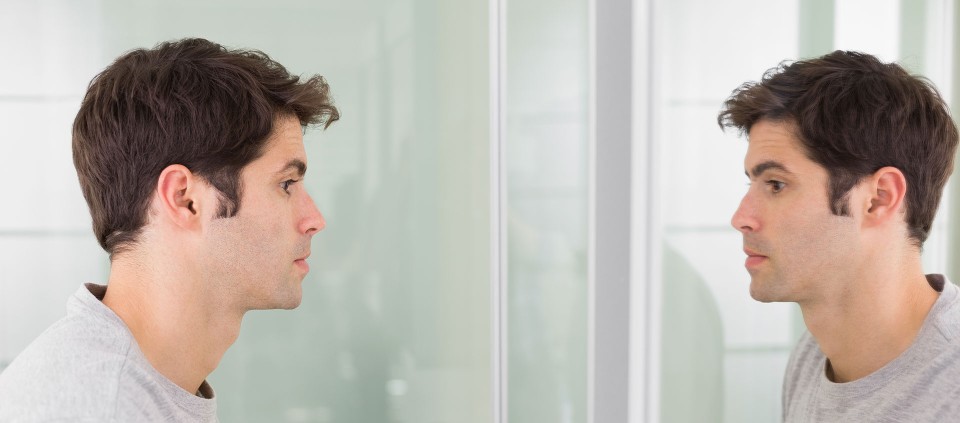Shifting Movement Patterns and Self-Image with the Feldenkrais Method

When Peter came to work with me, his life was devastated as a result of his near-death experience. While logging trees in northern California, he was hit by a huge tree that someone else was cutting down. It fell on the entire left side of his body, including parts of his face, breaking all of his ribs and fracturing his pelvis, leg, and foot.
The health professionals who worked with him for years after the accident did an excellent job helping him heal the bones, muscles, skin, tendons, and so forth. And yet, he had deep scars all over the left side of his body, including his face. In addition, his whole body was tilted to the right, which meant that he had to balance his weight with his right arm on a cane while standing and walking.
The position Peter was holding himself in made perfect sense to me. After the accident, he automatically shifted his whole body toward the right to protect the damaged tissue and bones. He was unable to bear weight through the left side of his body. Once Peter could be upright again after he healed, he still kept his body weight off the previously injured side. At first, in order for the injured side to heal, keeping the weight off the healing bones and tissue was essential. However, the accident had occurred years prior to his visit to my Feldenkrais Method® practice, and the bones and tissue had already healed.
When I asked Peter whether he could feel that his whole body, and especially head, were leaning strongly to the right, he was only faintly aware of this. Then I asked him to look at himself in the mirror, and he could not believe how strongly his whole weight was displaced to the right. His self-image was such that he felt as though he was more or less straight. Over time, being extremely lopsided had become his normal way of being.
Notice what position you are in right now as you are reading this. Are you leaning your weight toward one side or the other?
The health professionals who treated Peter after the accident and during rehabilitation had done a great job “putting him back together.” What they didn’t do, because it wasn't part of their training, is work with his self-image and movement patterns.
Most of us have little or no awareness of ourselves in the actions of many of our body parts. Or we sense the same parts over and over, and they generally tend to be the parts where we feel pain or discomfort. The truth, however, is, that our whole self is involved in everything we do. But we only sense certain parts of ourselves in our actions.
One of the first things I did with Peter was to produce a more complete self-image of himself in his actions, and a more even distribution of force and effort through his whole self.
In the words of Moshé Feldenkrais, DSc, “[I]mprove [your] ability and … expand [your] boundaries of the possible; turn the impossible into the possible, the difficult into the easy and the easy into the pleasant. For those activities that are easy and pleasant will become part of [your] habitual life and serve [you] at all times.”
After our first session, Peter’s whole body was remarkably more upright. After our second session, he was able to walk upright without using his cane. Tears were running down this young man’s cheeks as he walked out of my office to hug his waiting brother, who accompanied him wherever he went.
As Moshé Feldenkrais said, "In Feldenkrais we are more interested in tuning the instrument than learning the right way to play a tune, so that any tune we play will sound more beautiful."
Find out about Feldenkrais programs with Kaelesh Neels at Kripalu.
Kaelash Neels holds a degree in somatic psychology, is a certified yoga therapist, and completed the four-year Feldenkrais training program in 2003.
Full Bio and Programs